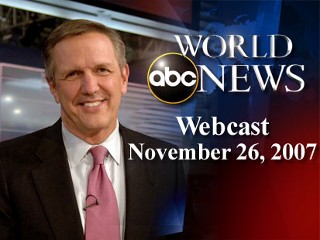Hold The Presses: The Gecko Has A Book To Share
Posted in: UncategorizedDigital content is wonderful in many ways. It’s fast, data-rich and easy to store. But it is not tactile, and that hurts. It hurts because we are people, and we like to hold things.
In fact, JWT studied our longing for content-rich physical objects and found that the more we embrace digital, the more we miss the emotional qualities it has a hard time replicating.
Two-thirds of the respondents in JWT’s new trend report, Embracing Analog: Why Physical Is Hot, said they sometimes feel nostalgic for things from the past, like vinyl records and photo albums, and 61 percent said they have a greater appreciation for things that aren’t used as much as they used to be, like record players and film cameras.

79% of respondents noted that they “sometimes miss having some memories in a physical form, like photos, letters or books with inscriptions.”
Next to me on my desk I have the new book, You’re Only Human: A Guide To Life by The Gecko. The book is printed on heavy paper stock with a gloss coat. Which tells my fingers and then my brain that this is not cheap.
Of course, the story found inside these varnished pages has to compel, or it’s just another comercial.
From what I can tell at first glance, the book is whimsical and on brand, after all the text is actually composed by talented Martin Agency copywriters speaking through a lizard.
Here’s a sample bit of common sense advice (pertaining to social media etiquette) dispensed by The Gecko:
On Unfriending.
Well, I’d never unfriend anyone. Except maybe a hawk. Only becuase I think he may have other intentions.
Ultimately, the vast majority of the value is in the story, not the container. Yet, packaging and presentation can, and often do, make a big difference. For instance, a coffee table book of Ansel Adams photos has greater impact in print. And a feature film has much greater impact at a theater than it does on a small home screen.
Previously on AdPulp: The Gecko Lands Book Deal, Readers Eagerly Await His Prose
The post Hold The Presses: The Gecko Has A Book To Share appeared first on AdPulp.










